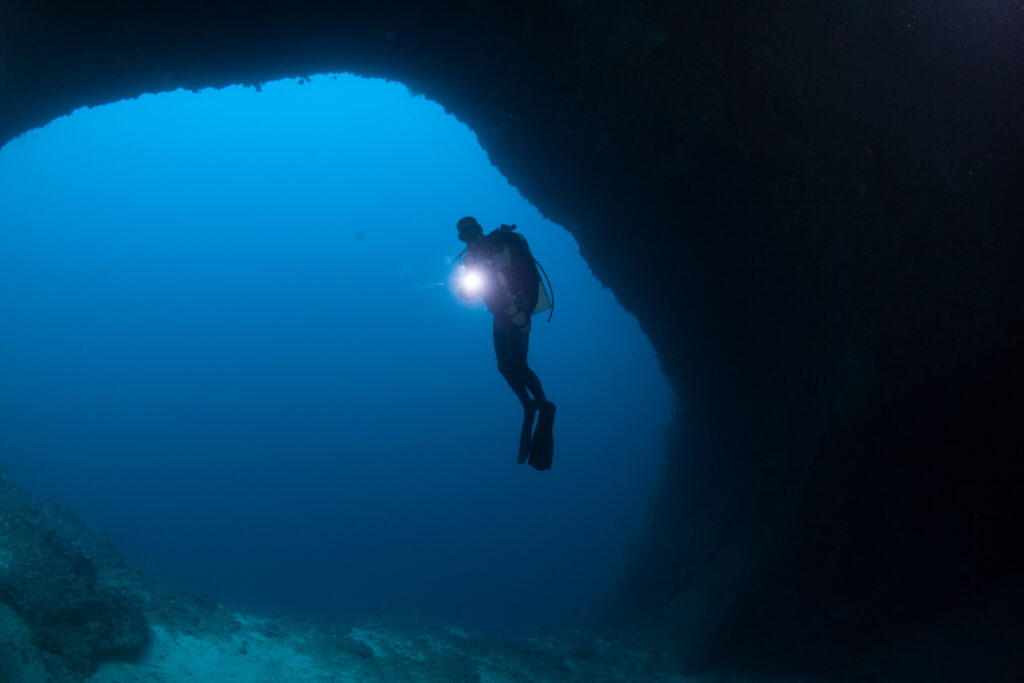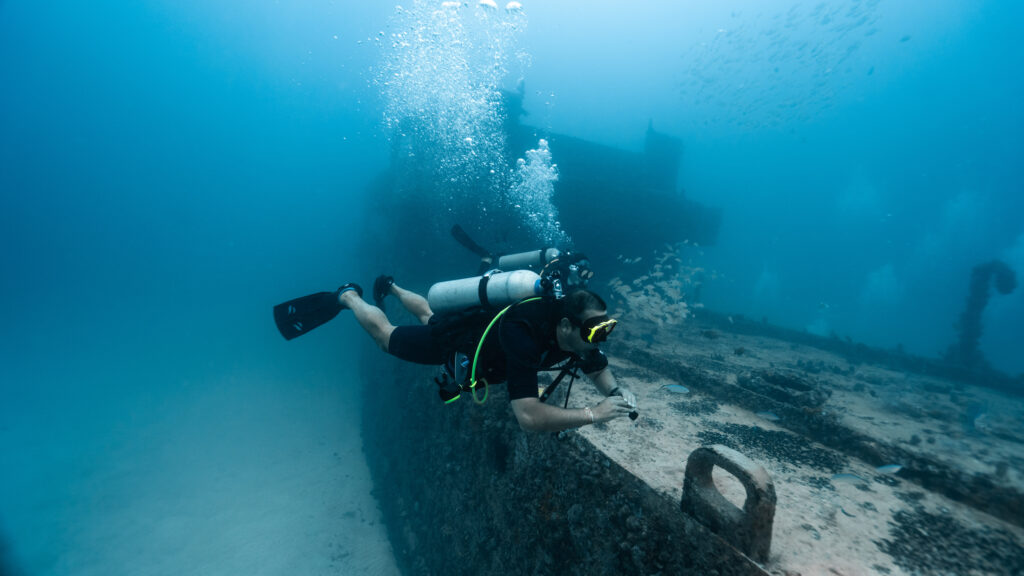What is the Primary Second Stage?

The primary second stage, commonly referred to as the ‘primary,’ is a vital component of the scuba diving regulator system that enables divers to breathe comfortably and efficiently underwater. It consists of the mouthpiece and the purge valve and plays a crucial role in ensuring a smooth, controlled air supply from the high-pressure tank to the diver’s mouth. This entry discusses the primary second stage, its various features, and its function in the context of the broader scuba diving experience.
What is a Kelp Surface Dive?

A kelp surface dive involves swimming and exploring near the surface of the ocean where dense forests of kelp thrive. This activity is popular among divers and marine enthusiasts for its unique opportunity to observe a vibrant and ecologically significant environment. Kelp forests are found in coastal areas worldwide and are known for their towering, underwater canopies. These dives offer an unparalleled chance to witness marine life that thrives within these underwater forests while requiring less equipment and technical expertise than deeper dives. Kelp surface diving is both a recreational pursuit and a valuable method for scientists studying these critical ecosystems.
What is Confined Water Diving?

Confined water, a term widely used in the scuba diving community, refers to a dive site where the water is enclosed and bounded sufficiently, creating a controlled environment free from the influence of geographic or weather conditions. Such environments are ideal for safe scuba training, providing instructors and students with a stable setting to learn and practice essential skills before advancing to open water dives. The most common example of confined water is a swimming pool; however, other bodies of water, such as quarries or calm, shallow bays, may also serve as confined water environments.
What is Oxygen?

Oxygen is a fundamental element essential for the survival of almost all living organisms. In the context of scuba diving, understanding oxygen’s properties and its role is crucial for both safety and performance. This article delves into the various aspects of oxygen, from its basic chemistry to its physiological effects on divers, and the technologies used to manage it underwater. As one of the critical components in breathing gas mixtures, oxygen’s management and the equipment designed for its delivery are vital for successful and safe scuba diving experiences.
What is No Mount Diving?

No mount diving is a specialized form of scuba diving that involves the diver carrying tanks and equipment separately from their body, usually holding or towing them instead of mounting them on a harness or backplate. This technique provides exceptional flexibility and maneuverability, particularly in environments that are too restrictive for traditional scuba gear setups. Originating from the need to navigate through tight underwater spaces, no mount diving has become a valuable technique in underwater exploration and technical diving circles, especially among cave divers and those exploring complex underwater structures.
What is Pressure?

Pressure is a fundamental concept in physics, defined as the force exerted per unit area. In the context of scuba diving, understanding pressure and its effects is crucial for safety and efficiency. Pressure plays a pivotal role in determining how divers experience the underwater environment, affecting everything from breathing to buoyancy. As divers descend into the water, the pressure increases, impacting both their equipment and bodies in significant ways. This article will discuss the principles of pressure, its effects on the human body, the health risks associated with changes in pressure, techniques for managing these changes, and the equipment designed to withstand them.
What is a Purge?

In scuba diving, the term “purge” refers to the mechanism used to expel water from certain pieces of diving equipment, primarily diving masks and regulators. The ability to quickly and efficiently remove water from these components is crucial for ensuring clear vision and unimpeded breathing underwater. The concept of purging has evolved significantly over the years, becoming an integral part of modern scuba gear. Understanding the function and proper use of purge systems is essential for divers at all levels, as it directly impacts safety and comfort during underwater excursions.
What is “Out of Air”?

In the context of scuba diving, “out of air” refers to a situation where a diver has depleted their air supply, presenting a critical emergency. This term underscores the paramount importance of air management for diver safety. Proper planning, vigilance, and awareness are essential to prevent such incidents, as running out of air underwater can lead to severe consequences, including drowning. Understanding the factors that contribute to air depletion and the measures to prevent and handle such emergencies is crucial for every diver.
What is a Low Pressure Inflator?

The Low Pressure Inflator (LPI) is a crucial component in scuba diving equipment, connecting a diver’s buoyancy control device (BCD) to their air supply. It allows divers to control their buoyancy underwater, making it an essential tool for maintaining stability and comfort during dives. By pressing the inflator button, divers can add air to their BCD, making them more buoyant, while the deflator button allows them to release air, decreasing buoyancy. This control over buoyancy is vital for safe and enjoyable diving experiences.
What is a Manifold?

A manifold in scuba diving is an essential component that plays a crucial role in connecting multiple tanks to provide divers with a continuous and reliable air supply. This device allows for the seamless integration of two or more tanks, ensuring that divers can manage their air reserves efficiently and safely. Manifolds are particularly important in technical and deep diving, where extended bottom times and redundancy in air supply are critical. By linking tanks together, a manifold provides divers with the flexibility to access a larger volume of air, enhancing their underwater experience and safety.
